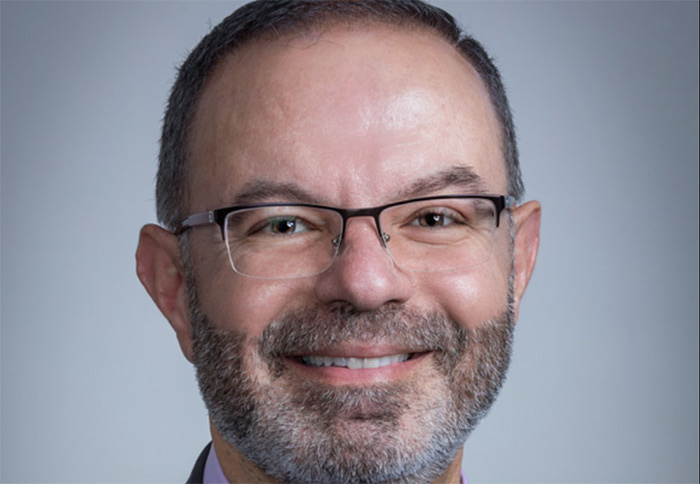District reviews changing CHS graduation requirements
In the coming years, Claremont High School students may no longer have to take 2 semester-long classes that have been graduation requirements.
At a special study session held Monday at the Richard S. Kirkendall Education Center, 4 panels suggested that material included in two 5-unit classes, Technology Education for the 21st Century and Fitness and Health, could potentially be embedded elsewhere in students’ curriculum.
Discussion by the small panels—comprised of school board members, CUSD administrators and staffers and, in one case, a CHS student—yielded the suggested that the curriculum of Technology Education for the 21st Century could be folded into the entire K-12 curriculum. It is a move that would complement the increased technology component of student assessments in all grades now that the state is moving to the Common Core.
The panelists unanimously concluded that the curriculum of Fitness and Health, a class CHS students typically take in 10th through 12th grades, could be split up and incorporated into 2 pre-existing required courses, freshman PE and biology.
In Technology Education for the 21st Century, students create documents and spreadsheets to conduct online research and “learn about digital citizenship,” among other tasks. In Fitness and Health, students learn about the consequences of sexual activity and “gain practical knowledge related to decisions that they must make concerning nutrition, hygiene, drugs, alcohol, tobacco and first aid.”
It should be noted that the study session was only a discussion and that no decisions or recommendations were made that afternoon. Based on the feedback from the community stakeholders, district staff will present an updated policy on graduation requirements to be voted on by the school board at their Thursday, September 19 meeting.
Superintendent Jim Elsasser did, however, discuss some potential courses of action should the board opt to phase out the classes. The district might phase out Fitness and Health one year from now, allowing time for its subject matter to be delegated to science and PE teachers.
The Technology Education for the 21st Century course could remain a requirement for 2 more years while the district’s technology advisory committee mulls over how that material could be incorporated into the overall K-12 curriculum. Depending on the findings of the technology advisory committee, the district could at the end of that time period decide to do away with the course or to keep it and make it an even richer course, Mr. Elsasser said.
“Even the best-laid plans sometimes change,” he said.
Each panel shared a concern that, with these courses no longer required at the high school, transfer students might miss out on the material. The general consensus was that more discussion is needed with regards to alternate ways transfer students can catch up on these subjects.
One of the reasons the district is looking at phasing out the technology and health courses is in response to students involved in CHS’ rigorous International Baccalaureate and Advanced Placement courses of study, who say it is difficult to fit a semester-long course into their already jam-packed schedules.
In a system called weighted grading, students in AP and honors classes receive grades based on a 5-point rather than a 4-point scale, with the argument being that students willing to take on more challenging classes should get more credit. Thus, a student who takes only AP or IB classes over the course of a year and earns all A’s could theoretically have a 5.0 GPA rather than a 4.0 GPA.
In arguing against the Technology Education for the 21st Century and Fitness and Health requirements, IP and AP students at CHS noted that having to take non-weighted courses harms their GPAs and thus their chances of getting into a good school.
Many competitive colleges are looking for students with higher and higher GPAs, a trend that one CUSD parent in attendance at Monday’s study session compared to “an arms race.”
The study session was one of numerous meetings with community stakeholders that have been held over the past year while the district is updating its graduation requirements.
At the end of the study session, Mr. Elsasser emphasized how valuable such gatherings are, noting that the district truly values input from its many stakeholders.
Thursday, September 5 is the next regular meeting of the Claremont school board, but it will not be held at its regular time. The meeting will begin earlier than usual, at 5 p.m., and be held in the Kirkendall Center at 170 W. San Jose Ave. in Claremont.
—Sarah Torribio
storribio@claremont-courier.com








0 Comments